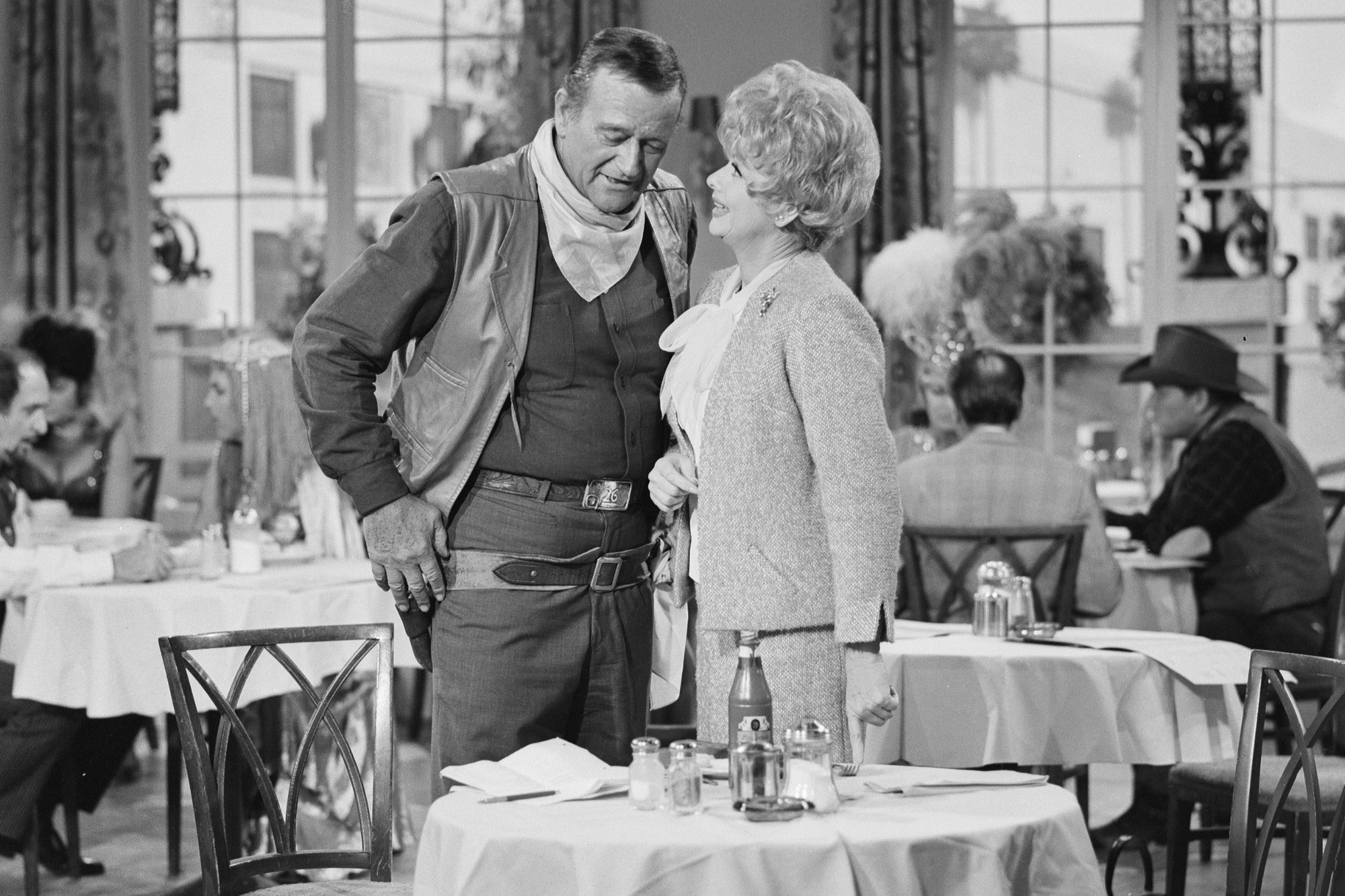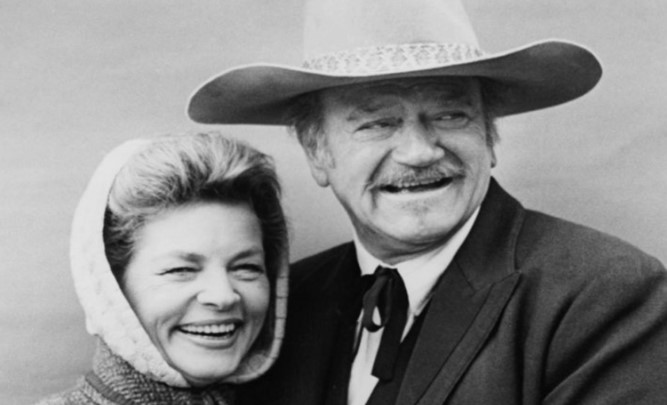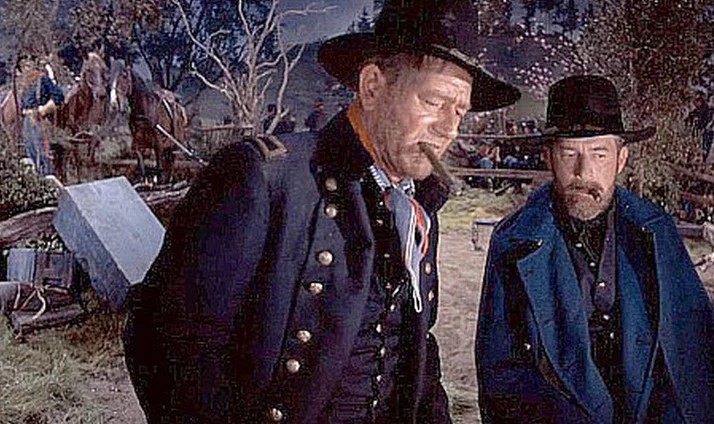When John Wayne showed up on television, he was usually playing himself in a showbiz cameo, like his “I Love Lucy” guest appearance. As one of the century’s biggest movie stars, he didn’t exactly need exposure.
But Ward Bond, Wayne’s co-star in many of legendary director John Ford’s movies, struggled over whether or not he should make a move to television. When Ford discussed it with Bond, he got blunt. According to Joseph McBride’s book “Searching for John Ford,” the director called his friend a “dumb Irishman” and asked, “Don’t you act for a living?” Bond listened, and took a leading role in “Wagon Train,” a major TV western of the ’50s and ’60s. The show was once the highest-rated western on television, even beating out its regular competition, “Gunsmoke.” And Bond was far from the only movie star to appear in it.
The show began in 1958, and owed a great deal to John Ford’s vision of the American West. Every one of its many episodes focused on a unique character, either somebody in the wagon train or somebody the wagon train encountered, which made the show particularly supple ground for guest stars. When Ford directed an episode of the show, 1960’s “The Colter Craven Story,” the ostensible star was Carleton Young, another Ford stock actor, who played the part of Colter Craven. But dig into the credits and you’ll find another name: Michael Morris … who was actually John Wayne, perhaps the biggest star to appear on the program. And he did it in near secret.
Rise of the TV western
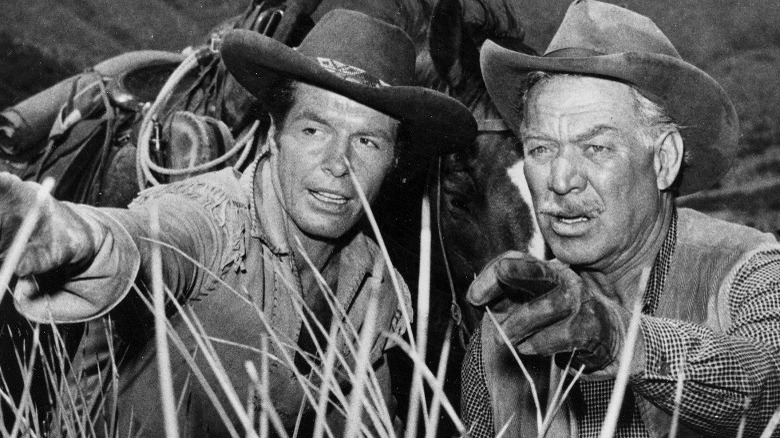
As televisions became more commercially available in the 1950’s, the TV western became one of its most ubiquitous genres, lovingly homaged in Quentin Tarantino’s “Once Upon a Time in Hollywood.” There were so many western TV shows that only a few are still widely remembered today, regardless of their contemporaneous popularity (shows like “Gunsmoke” and “Bonanza” remain cultural milestones even as others vanished). Like many film westerns, these shows took place a couple of years after the Civil War, using national scars and the rocky terrain of the country’s westward expansion as raw material.
“Wagon Train” was one of those shows. It didn’t just incorporate the communal warmth and actors of John Ford’s westerns — it borrowed story beats from his 1950 film “Wagon Master,” about 19th century Mormon pioneers. When Ford came on to direct his episode, he even used the movie’s location photography to give the episode a grandeur that differentiated it from the other westerns on television, according to Joseph McBride’s “Searching for John Ford.”
Where the initial movie was more concerned with the historic transport of pacifistic Mormons across the wilderness, the TV show became more secular by cutting out the Mormon element. The premise needed to carry the show through 284 hour-long episodes. All that mattered was that the wagon train kept moving.
The Colter Craven Story
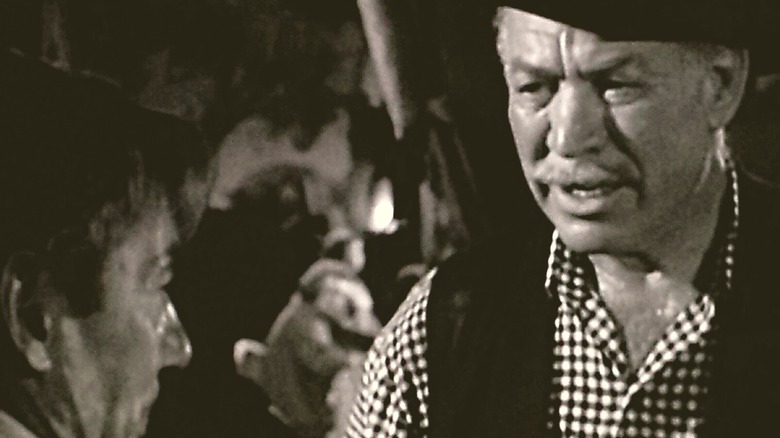
In “Wagon Train,” Ward Bond plays wagon master Major Seth Adams, his typically irascible screen image softened for television. While he played the lead role for the show’s first four seasons (until his passing shortly after filming “The Colter Craven Story”), his character often takes a backseat to the main drama of the episode. Exceptions include the first season’s origin story two-parter “The Major Adams Story” and “Colter Craven.”
“Searching for John Ford” notes that by the end of the 1950’s, Ford’s five-decade filmmaking career had stalled somewhat, which saw him visiting the sets of his old friends’ projects. When he wasn’t bullying John Wayne on the set of Wayne’s directorial debut, “The Alamo,” he would hang around Ward Bond’s TV show. Ford’s passion for American history and its complicated players made him pitch Bond an episode dealing with U.S. president and Civil War general Ulysses S. Grant. Bond acquiesced.
Because of Ford’s interest in Grant, the saga of Colter Craven (Carleton Young) is just one piece of the episode. Craven, a surgeon whose experience in the Civil War has traumatized him to the point of alcoholism, joins the wagon train with his wife. When Major Adams (Bond) needs Craven to perform a C-section, he explains his own past with the Civil War, talking about his time in Shiloh, where he reunited with an old friend named Sam (Paul Birch). Hidden in this flashback is the appearance of Union General William Tecumseh Sherman, who is played by actor Michael Morris. Who is actually John Wayne.
Wayne in the open
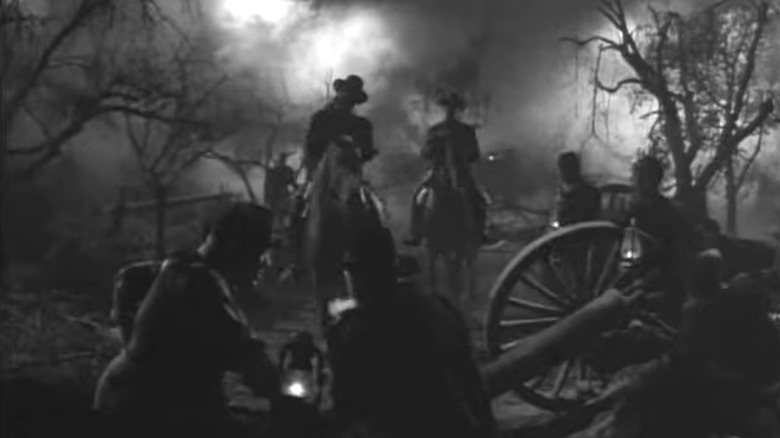
“Sam” is Ulysses S. Grant, and Ford portrays him first as a hapless drunk who sparks the ire of townspeople. His Civil War moment comes later, in Shiloh. Adams and Sam reunite, they share a haunting conversation, interrupted by the arrival of Sherman.
In a show with major roles for actors like the Oscar-winning Bette Davis, Agnes Moorehead, and Lou Costello, it feels almost perverse to shoot its sole John Wayne appearance like Ford does. Sherman is kept at a distance, in wide shot, with only one line. Wayne’s familiar posture and voice are the only clue that this mysterious figure is a famous movie star. It was a favor from Wayne to his buddies Ford and Bond — they remained tight even after Wayne almost walked away from his role in “The Searchers.”
As for John Wayne’s credited name for “Wagon Train,” Michael Morris? That’s closer to his actual name: Marion Robert Morrison.
While Ford’s choice to barely show Wayne was almost certainly a typical bit of rebellious behavior (according to “Searching for John Ford,” the director also got in trouble for giving Grant a cigar in a show sponsored by cigarettes), it suits the show well, keeping the focus on Adams and Grant. In 1962, Ford would get the chance to show the aftermath of Shiloh again in the anthology film “How the West Was Won,” depicting Grant (Harry Morgan) and Sherman (John Wayne again, now fully credited) in conversation. You get to see his face that time.


 Entertainment8 months ago
Entertainment8 months ago
 Entertainment8 months ago
Entertainment8 months ago
 Entertainment8 months ago
Entertainment8 months ago
 Entertainment10 months ago
Entertainment10 months ago
 Entertainment8 months ago
Entertainment8 months ago
 Entertainment8 months ago
Entertainment8 months ago
 Entertainment8 months ago
Entertainment8 months ago
 Entertainment8 months ago
Entertainment8 months ago
